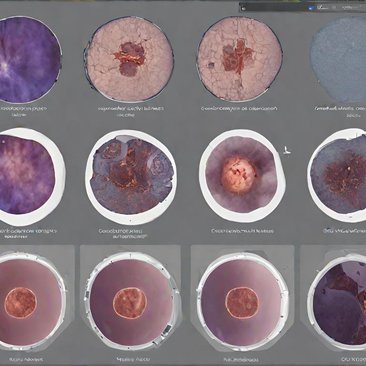Technology Goals
Redis and Memcached are widely used in-memory data stores that provide fast, efficient caching solutions for web applications, improving performance by reducing database queries and load times. Redis, with its support for various data types and persistence capabilities, is ideal for use cases requiring complex data operations, such as session management, real-time analytics, and message brokering. Memcached, in contrast, is a lightweight, high-speed caching system best suited for simple key-value storage with a focus on speed.
Redis Sentinel is an essential tool for ensuring the high availability of Redis instances, providing monitoring, automatic failover, and notification features. Sentinel allows Redis to recover from failures without downtime, making it critical for production systems that require fault tolerance.
Strengths of Redis, Memcached, and Sentinel in Our Projects
Both Redis and Memcached are integral to optimizing application performance by caching frequently accessed data in memory, ensuring fast data retrieval and reducing the load on databases. Redis stands out due to its advanced data structures, persistence options, and support for distributed locking and message queues. Memcached, with its simplicity and speed, is often used for caching less complex data like database query results or API responses.
Redis Sentinel, when combined with Redis, provides high availability, automatic failover, and redundancy, making it ideal for mission-critical applications. In our projects, Sentinel ensures that Redis clusters remain operational, even in the event of node failures.
Comparison with Other Solutions
Compared to in-memory caching libraries or database-level caching, Redis and Memcached offer distributed caching, scalability, and better resource utilization. Redis is more versatile due to its rich feature set, while Memcached excels in scenarios where lightweight, simple caching is needed. Redis Sentinel adds value by offering a built-in solution for high availability, reducing the need for third-party monitoring tools.
Real-world Applications in Client Projects
- E-commerce Performance: Redis was used to cache product catalogs and user session data, reducing page load times by 50%, especially during high traffic periods. Redis Sentinel ensured continuous availability of the caching layer.
- API Rate Limiting: Memcached was employed to handle API rate limiting by caching user request data, reducing the load on back-end servers and improving response times.
- Real-time Analytics: Redis, combined with Sentinel, provided a fault-tolerant caching solution for a real-time analytics platform, ensuring fast access to live data and uninterrupted service during failover events.
Client Benefits and Feedback
Clients have experienced significant performance gains by implementing Redis and Memcached. A client in the e-commerce space saw a 40% increase in speed, leading to better user engagement. Additionally, Redis Sentinel offered peace of mind by preventing downtime during server outages, ensuring a resilient caching infrastructure.
Conclusion
Redis, Memcached, and Sentinel are key technologies for boosting application performance through in-memory caching. They provide scalable, high-performance solutions that enhance the speed and reliability of web applications, while Sentinel ensures high availability in critical production environments.










